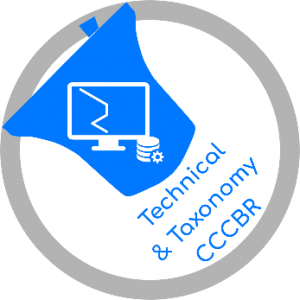The relationship between methods on different numbers of bells (stages) has been explored for as long as method ringing itself. It is very useful to be able to ring a method you know at a higher stage with a minimum of extra learning. Methods with a simple construction, like Plain Bob, are easy to extend. After plain hunting until the treble returns the front, a bell makes seconds over it and everyone else dodges. This works at every even stage on an infinite number of bells. Equally, it works on odd stages, with the addition of a bell doing four blows behind. With more complicated methods there can be more than one way of extending them logically, and it is desirable to choose what most ringers would agree is the best extension path, since there can only be one method with the same name and class at each stage.
The question that has challenged method designers and taxonomists for a very long time is what makes a good extension of a method? what are the principles that define one? and how do you choose the best one? In the early days of the Central Council, the “Legitimate Methods Committee” was established to lay down rules on such matters. This resulted in many constraints that prevented some perfectly logical extensions being used, and at the same time failed to explain some of the extension paths established before the rules were laid down, leaving these as anomalies.
Over the twentieth century, successive Methods Committees produced a number of reports on method extension, each time improving the Decisions on Method Extension to include more ways of extending methods and address some of the anomalies. The last significant change was in 2004. The Framework for Method Ringing (framework.cccbr.org.uk) of 2019 redocumented method extension in section 8, and explains the existing extension processes in Appendix D.
There are now over 750 methods with established extension paths, so it is with this background that the Central Council Workgroup for Technical & Taxonomy is embarking on another major review of method extension, with the following scope.
- Document the history of extension
- Document extension anomalies present in the CCCBR Methods Library
- Document other issues and questions around extension
- Establish tools / services that support the understanding and creation of extensions
- Make recommendations arising from the review
If you would be interested in helping with this review, have any issues that you would like explored, or have views on method extension that you would like taken into account, please contact the workgroup by email at
Send to a friend
